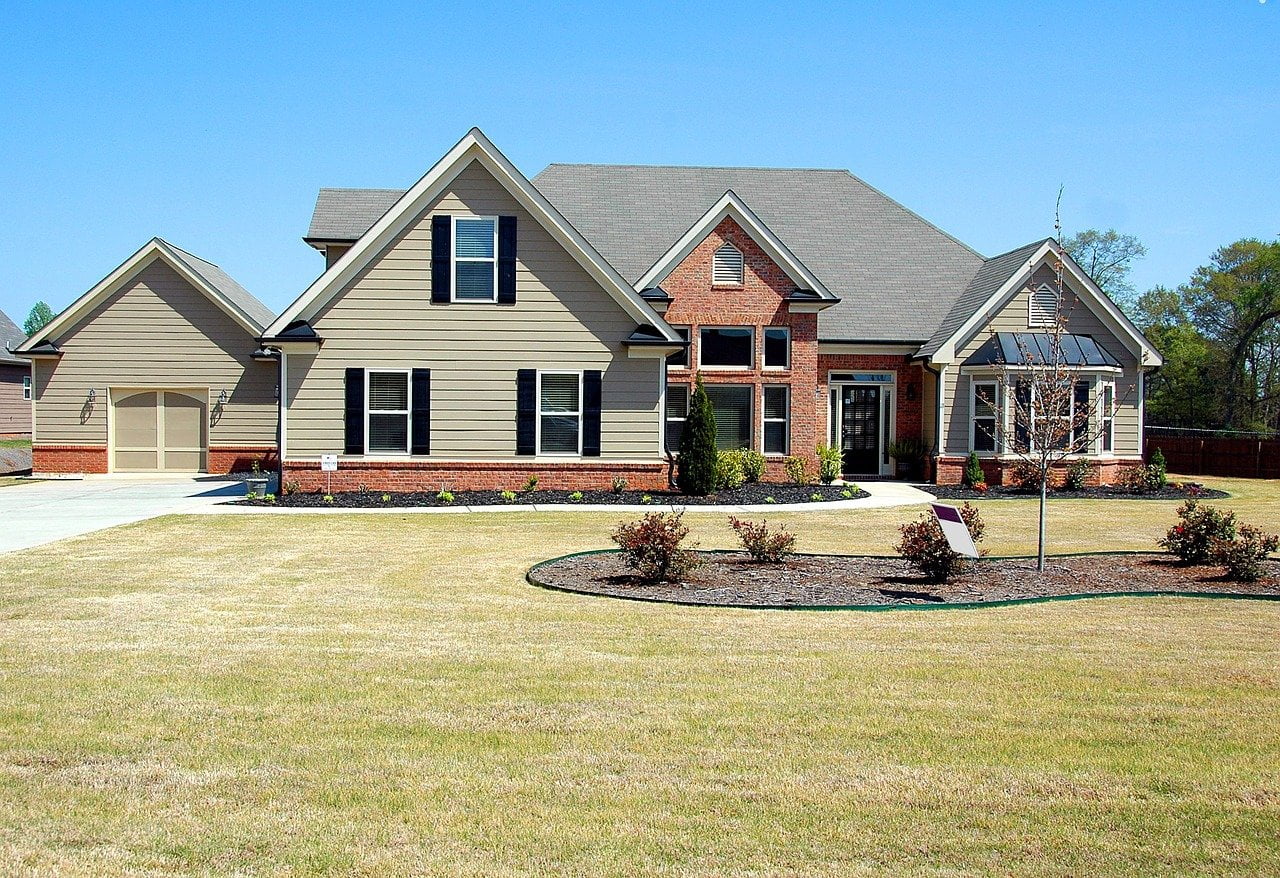Comparing commercial properties’ environmental, social and governance performance will remain elusive until the industry adopts a shared benchmarking system.
[soros]Q1 2021 hedge fund letters, conferences and more
As the economy recovers, governments, corporations and financial institutions are committing to responsible environmental, social and governance (ESG) policies and practices in ever-increasing numbers. The commercial real estate industry, as a contributing source of carbon emissions, is under mounting pressure to demonstrate not only meaningful actions, but future commitments to ESG in ways that are measurable. Meanwhile, the industry has become alive to the fact that responsible, actionable ESG is about much more than efforts to “do good” – there is a broad based understanding that a solid, consistent approach to ESG has both near-term and long-term economic benefits too.
At a time when lenders and investors want to understand how a property will affect the sustainability of their entire portfolios, financial advisors are using a variety of reference systems to make apples-to-apples comparisons. Unfortunately, the industry lacks a uniform standard for gauging a building’s ESG performance.
The time has come to adopt a definitive industry reference to measure environmental sustainability, and work has already begun toward that goal. Although not its exclusive objective, a measurement standard is sure to be a component of the CRE Finance Council’s recently launched sustainability initiative, which seeks to learn how climate change is affecting the industry, identify resources and foster creative financing solutions that enhance both the public good and liquidity.
But why is the need for an industry scale coming to a head today? How are other regions and countries addressing this need, and what models could they offer for its structure and criteria? And finally, how can organizations track sustainability and prepare for a shared standard when it becomes available?
How Did We Get Here?
The world is emerging from the pandemic with a renewed awareness of the effects of human activity on environmental quality. After only a few weeks of restrictions on travel and manufacturing activity in some regions, for example, residents in formerly high-traffic cities like Nairobi began noticing tangible improvements in air quality that were opening distant views not seen for years.
In recent decades, commercial real estate developers and investors have delivered green buildings largely to satisfy tenants that wanted to minimize energy consumption and carbon emissions associated with their occupancy. Although existing buildings are a material contributor to greenhouse gases, the emphasis was often on new construction able to command premium rents, with comparatively less investment to convert older properties to more sustainable operations.
Today, however, disruptions ranging from unpaid rent and lease defaults to shrinking tenant footprints have put occupiers in the driver’s seat. Landlords are pulling out all the stops to meet user preferences, and sustainable features and socially responsible practices are at the top of the list. Not only are more landlords onboard, but lenders and fund managers, too, are making ESG a consideration in their financing decisions.
Many governments already issue some form of energy performance certificates to maintain minimum sustainability. The United Kingdom extended energy performance certification standards to commercial buildings in 2018 and recently announced that minimum ratings required for a building to be rented would increase beginning in 2027. Australia rates several categories of building performance under the National Australian Built Environment Rating System or NABERS, which measures the consumption of energy, water, indoor environmental quality, and waste management. The rating systems naturally affect market value and lender underwriting in those nations.
In the United States, some landlords measure building performance using the U.S. Green Building Council’s Leadership in Energy and Environmental Design (LEED) criteria and may require Energy Star certification on appliances, light fixtures and other electrical components. These systems provide an excellent starting point to learn the comparative value and potential return on investment associated with specific improvements and practices.
Smooth Scaling
Commercial real estate organizations should be measuring environmental performance as part of their normal practices, and should resist the temptation to wait until the industry adopts a standard to begin tracking their properties. We advise (and can help) clients develop their own scale and begin using it to compare the relative performance of buildings in their portfolio, whether pre- or post-investment.
Measurement is the key, because it offers transparency as building managers adjust operations to achieve more sustainable operations. This accustoms engineers and managers to practices that can reduce a building’s carbon footprint, and to systematically documenting property performance. When the CRE Finance Council or another organization can provide the commercial real estate industry with a uniform ESG standard, companies already tracking their own performance will be best prepared to integrate the shared system.
In the meantime, the experience of developing and implementing an internal scale will bring more industry participants up to speed with sustainable technologies and best practices. Organizations will discover new opportunities to reduce their carbon footprint, and the industry will benefit from having more voices in the discussions that lead to a universal measurement system.
About the Author
Terri Magnani is managing director of investment advisory services at Trimont Real Estate Advisors and is a member of the CRE Finance Council’s Sustainability Initiative committee.





